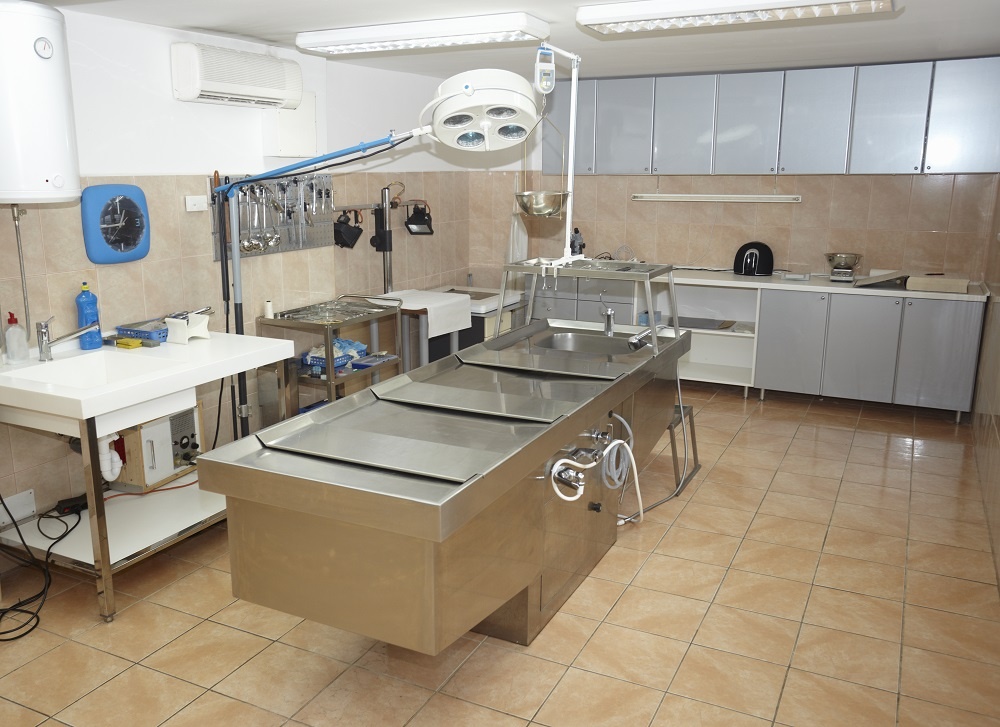
Medical expert witness services have forensic pathologists who are trained to discover the cause of death of a human. In the case of a sudden unexpected death and any unnatural or unwitnessed death, the pathologist must perform a forensic autopsy at the request of police or the court.
The Forensic Pathologist
A forensic pathologist must know what healthy skin and organs look like, how they look after death, and how they look when subjected to chemicals, disease, or any type of trauma. The forensic pathologists are reliable medical experts who are highly educated as a medical doctor, then need four to five years of anatomic training, clinical and forensic pathology, and residency for one year in forensic pathology. The evidence collected by a forensic pathologist is presented for the legal system as an expert witness in court.
Death Investigation
In the case of a homicide, the pathologist must collect trace evidence as well as other findings about the body, with the purpose of reconstructing the chain of events. The clothing is carefully removed and sent to the crime lab to look for DNA or other biological evidence. The medical expert witness services of the pathologist will present the findings in a court of law. Sometimes they need to find the identity of an unidentified body. An autopsy is usually unnecessary if the deceased is an elderly person who died from a fatal disease or a domestic fall at a nursing home.
The Medicolegal Autopsy
During an autopsy, an external and internal inspection of the body is performed. The body is cut open from shoulder to shoulder, and down to the pubic bone. The ribs are removed, exposing the heart and lungs. The other internal organs are all examined. Samples of blood, bile, and all other body fluids are collected. A toxicology and DNA analysis are performed. Each organ is examined in place, then removed, weighed, photographed, and dissected. Microscopic slides are prepared for each organ. Imaging is used to discover fractures or firearm projectiles, and the imaging is used to help reconstruct an event for presentation in the legal process. Other purposes may include evaluation of suspected malpractice.
Pathology Report
The forensic pathologist prepares the final autopsy report. First, they review the information gathered from the autopsy, the toxicology analysis, the police report of the investigation of the death, any medical records, and the microscopic slides. There is a general format for an autopsy report containing a section for each topic covered in the autopsy, including the diagnosis, examination reports, and toxicology. The diagnosis contains the findings for the cause of death, the way the person died, and their expert opinion.
Should you need an autopsy or forensic pathology expert witness, give the experts at Reliable Clinical Experts a call today (206) 895-3359.


